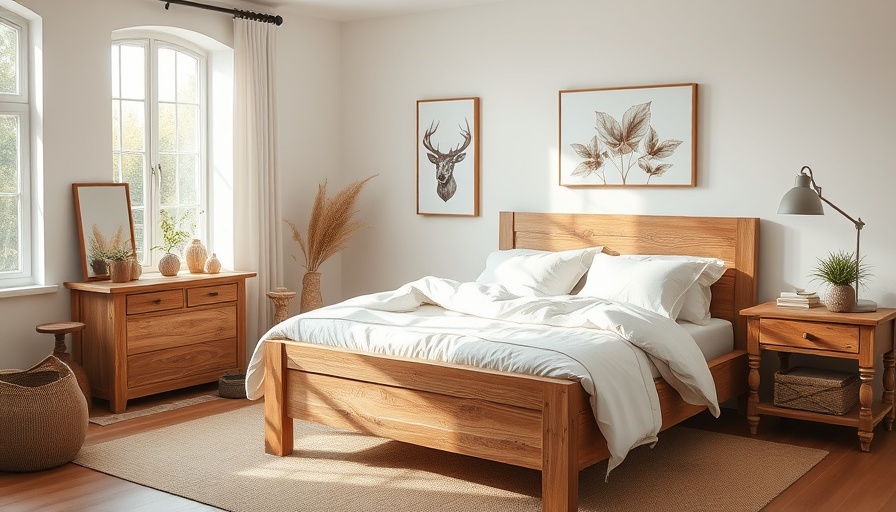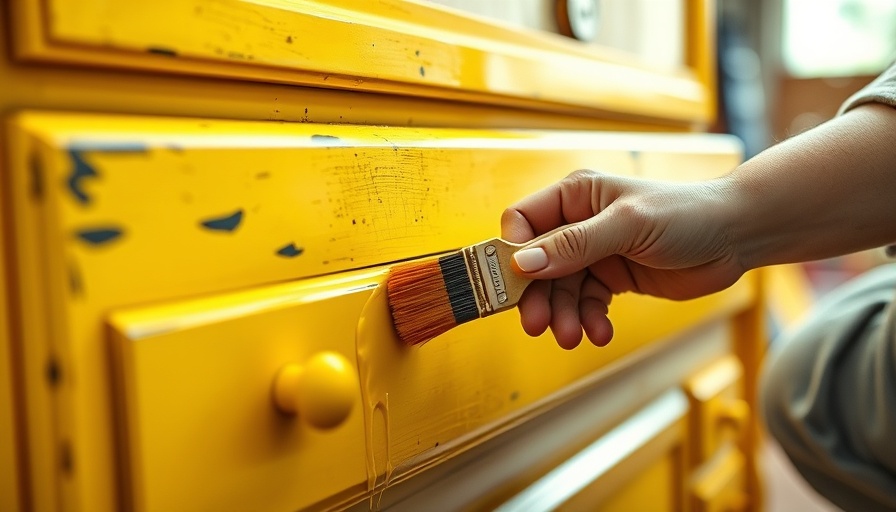
Understanding the Value of Home Staging
Home staging is more than just arranging furniture; it’s a strategic process aimed at showcasing a property’s best features, making it more appealing to potential buyers. In today’s competitive real estate market, staging has become an essential tool for homeowners looking to maximize their sale price. Not only does it enhance visual appeal, but it also helps buyers envision themselves living in the space, which is critical for closing a sale. However, there are several common pitfalls that many homeowners encounter when staging their homes, which can detract from the overall impact.
Avoid Clutter: Less is More
One of the most significant mistakes homeowners make is leaving too much clutter in their homes. Clutter can overwhelm potential buyers and distract them from appreciating the home’s true potential. According to real estate experts, removing personal items, excess furniture, and knick-knacks can help create a clean and inviting space. By doing so, not only do you create an airy feel, but you also allow the home’s best features, like natural light and architectural details, to shine through.
Neglecting Curb Appeal
First impressions matter, especially in real estate. Many homeowners focus solely on the interiors while neglecting the exterior, but statistics show that curb appeal can significantly affect a buyer's perception. Enhancing your home’s outside appearance with fresh paint, well-maintained landscaping, and clear driveways can draw buyers in and set a positive tone for their visit. Simple changes like potted plants or a new welcome mat can make all the difference.
Choosing the Wrong Color Palette
Color can evoke emotions and influence buyer decisions. A common mistake is opting for bright, bold colors that reflect personal taste rather than neutral tones that appeal to a wider audience. Soft, neutral colors tend to create a more inviting atmosphere and allow buyers to visualize their style in the space. Home staging experts recommend colors like soft beiges, grays, and whites to make rooms feel larger and brighter.
Doing it All Alone
Homeowners often underestimate the experience that professional stagers bring to the table. While DIY staging can be a fun project, it may not yield the best results if you lack an eye for design. Professional home stagers are trained to understand trends, buyer preferences, and how to highlight features. Their expertise can not only save you time but also help you achieve a higher selling price and faster sale.
Ignoring Lighting
Proper lighting is essential in showcasing a home effectively. A common error is relying solely on overhead lighting, which often creates unflattering shadows. Natural light, when available, should be maximized by using sheer curtains or blinds, allowing sunlight to illuminate spaces. Additionally, incorporating various light sources, such as floor lamps and table lamps, can create a warm, inviting atmosphere, inviting potential buyers to linger.
Final Thoughts on Home Staging
A well-staged home can attract more potential buyers and lead to a quicker sale at a better price. By avoiding these common staging mistakes, you will be better positioned to create an inviting and appealing environment that highlights your property’s best features. Remember, the ultimate goal is to help buyers envision their future home, and with the right strategies, you can make this a reality.
For more tips on staging your home effectively, consider consulting with a professional or leveraging online resources. The right staging tactics can significantly enhance your selling experience, making it both financially rewarding and enjoyable.
 Add Row
Add Row  Add
Add 




Write A Comment